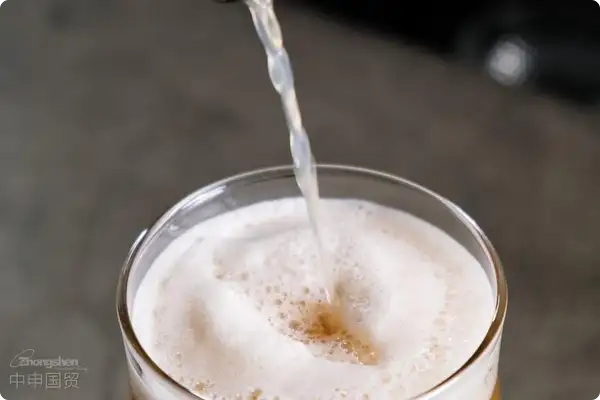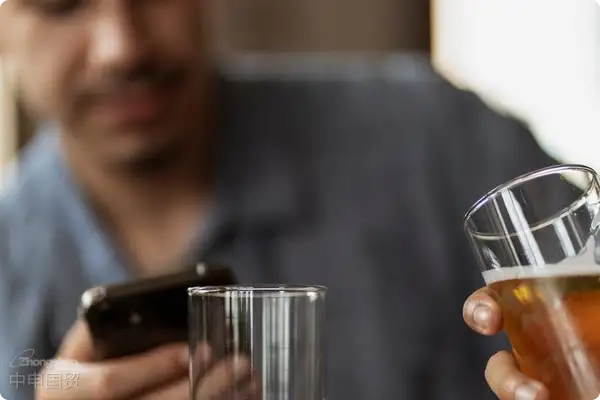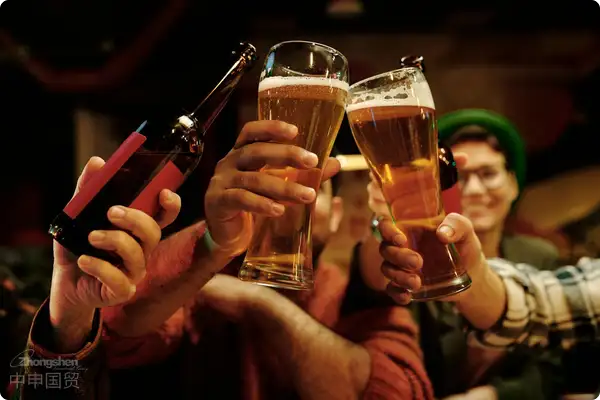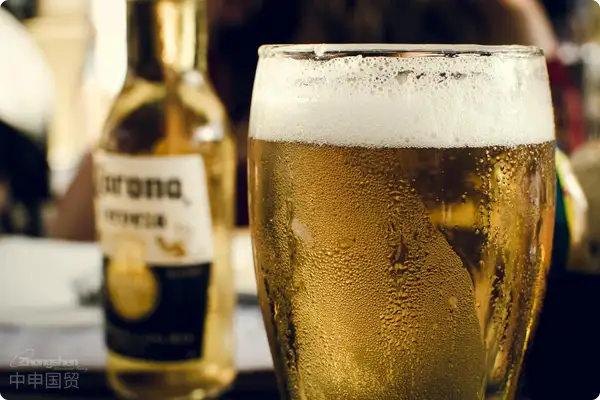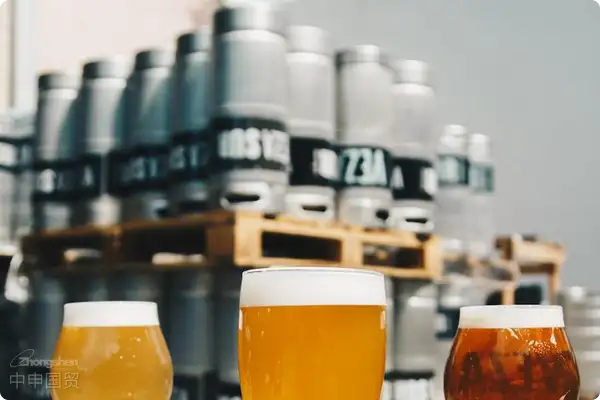- Shanghai Zhongshen International Trade Co., Ltd. - Two decades of trade agency expertise.
- Service Hotline: 139 1787 2118
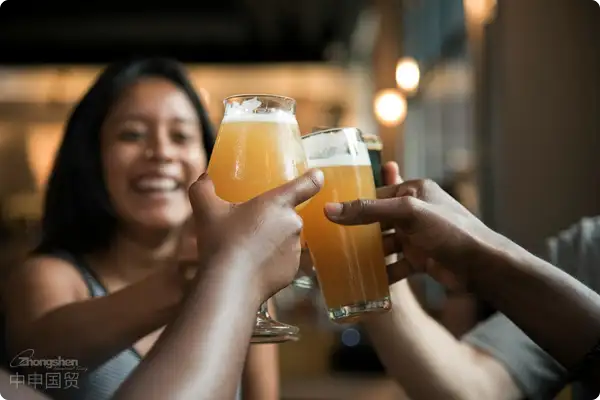
When craft beer meets customs declaration forms
Three years ago, a German client came to me holding dark beer samples and immediately asked: I heard Chinas beer import tax is only 5%? I pointed to the HS code 22030000 on the declaration form and said: For your 9.5% ABV dark beer, the tariff is indeed 5%, but theres also 13% VAT and 25% consumption tax waiting. This scenario plays out daily in cross-border alcohol trade.
Pure import model: Pros and cons of solo operations
- Pricing autonomyDirect engagement with overseas breweries avoids middleman markups
- Brand controlFull control from packaging design to marketing strategies
- Potential risk points:
- Financial pressure of FCL shipping (A 40-foot container can hold approximately 40,000 bottles)
- Batch return due to misprinted Chinese back labels
- Slow-moving near-expiry products causing losses
Agency model: The art of offense and defense through strategic partnerships
A case study worth examining: Last year, a Belgian abbey beer entered the East China market through a general agent, achieving distribution in 200 premium supermarkets within three months. The core of the agency model lies inRisk sharing:
- Distributors bear 60% advance payment
- Brand owner provides market promotion fund
- Shared bonded warehouse inventory turnover
| Comparison items | Pure import | Brand agency |
|---|---|---|
| Startup capital | Starting from 1 million | 300,000-500,000 |
| Customs clearance complexity | Requires handling 14 documents independently | General agent provides customs clearance support |
| Profit margin | 35-45% | 25-30% |
Three critical challenges in customs clearance practice
A recent case of customs clearance delay for Spanish ale last month revealed typical issues worth noting:
- It is recommended to verify through the following methods:Documentation curse: The new EU A.TR certificate must include manufacturer registration code
- Alcohol content trap: A deviation exceeding 0.5% between measured and declared values constitutes false declaration
- Additive dilemma: Carrageenan commonly used in German beer may trigger Chinese customs inspection
Hidden advantages in supply chain construction
A North American craft brand last year achieved success by establishingBonded packaging lineAchieving cost optimization, this innovative solution includes:
- Import tariff on raw concentrate reduced from 30% to 15%
- Local bottling saves 20% logistics costs
- Production date can be calculated based on packaging time
Where is your decision bottleneck?
Looking at the customs declaration stubs of beers from various countries hanging on the office wall, I have three suggestions for hesitant importers:
- Prioritize regional exclusive agency during the trial phase
- Initiate independent imports when monthly sales exceed 50,000 bottles
- Establish an emergency fund pool (recommended at 15% of cargo value)
When you next raise a glass of imported beer, consider how many customs checkpoints its contents have crossed and how many quality inspection procedures theyve undergone. Choosing the right trade model is essentially about balancing the scales of risk and opportunity. After all, in this industry, the most expensive cost is never tariffs, but rather the time spent on trial and error.
Related Recommendations
Category case
Contact Us
Email: service@sh-zhongshen.com
Related Recommendations
Contact via WeChat

? 2025. All Rights Reserved. Shanghai ICP No. 2023007705-2  PSB Record: Shanghai No.31011502009912
PSB Record: Shanghai No.31011502009912
